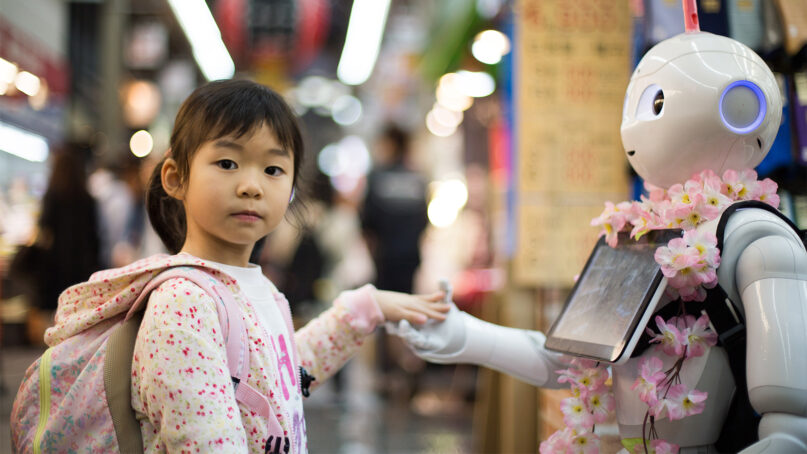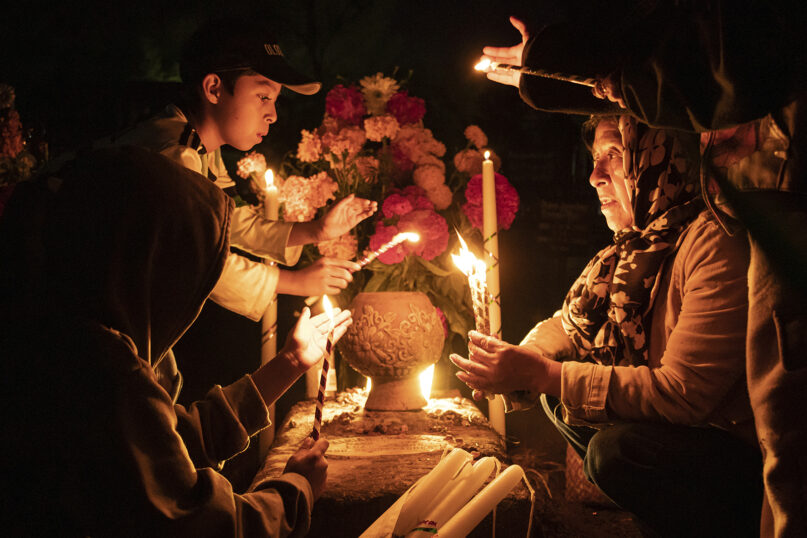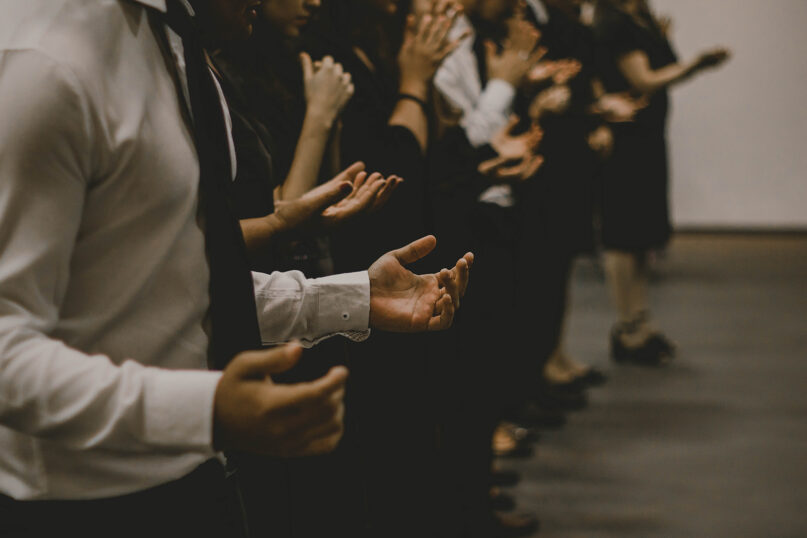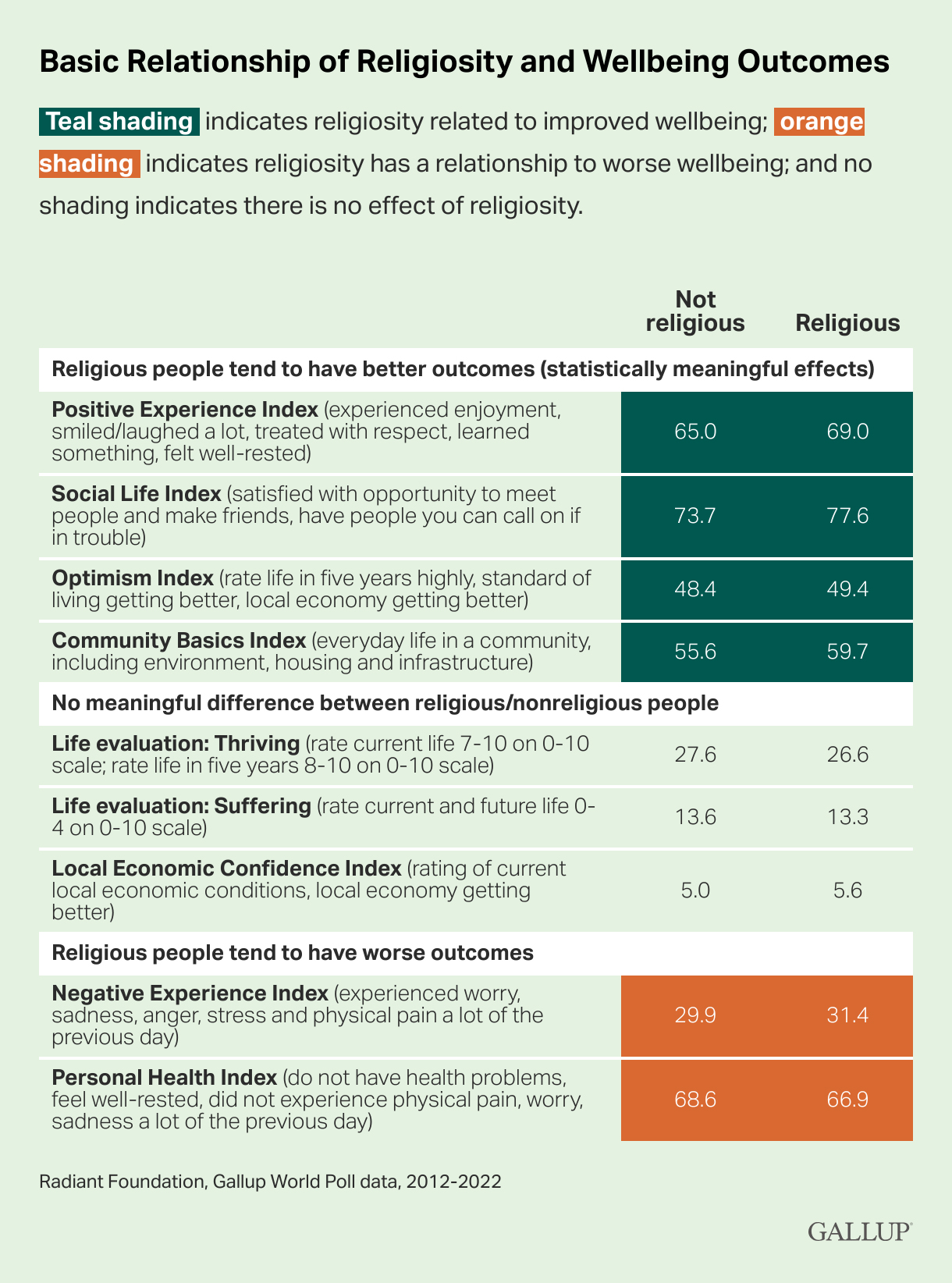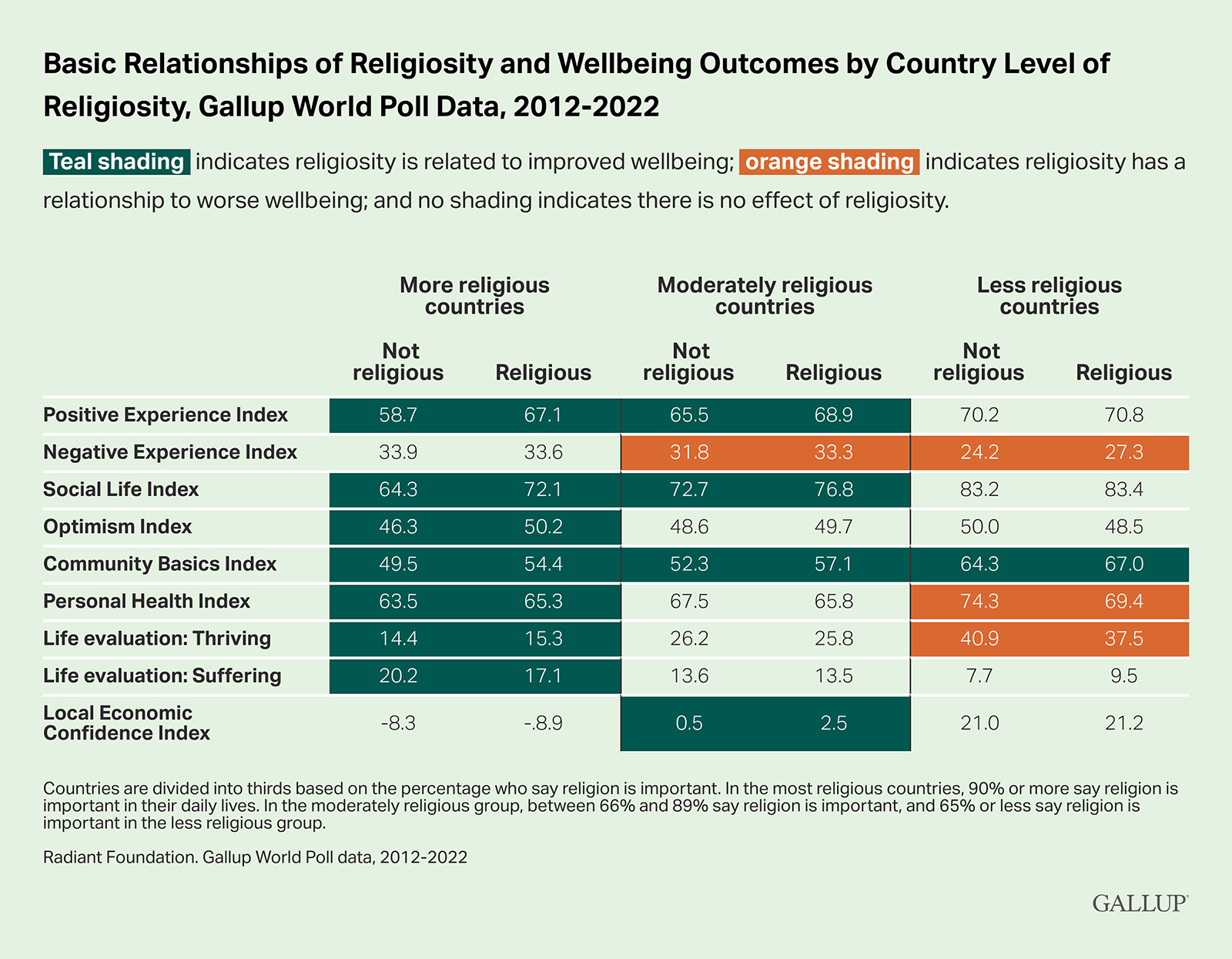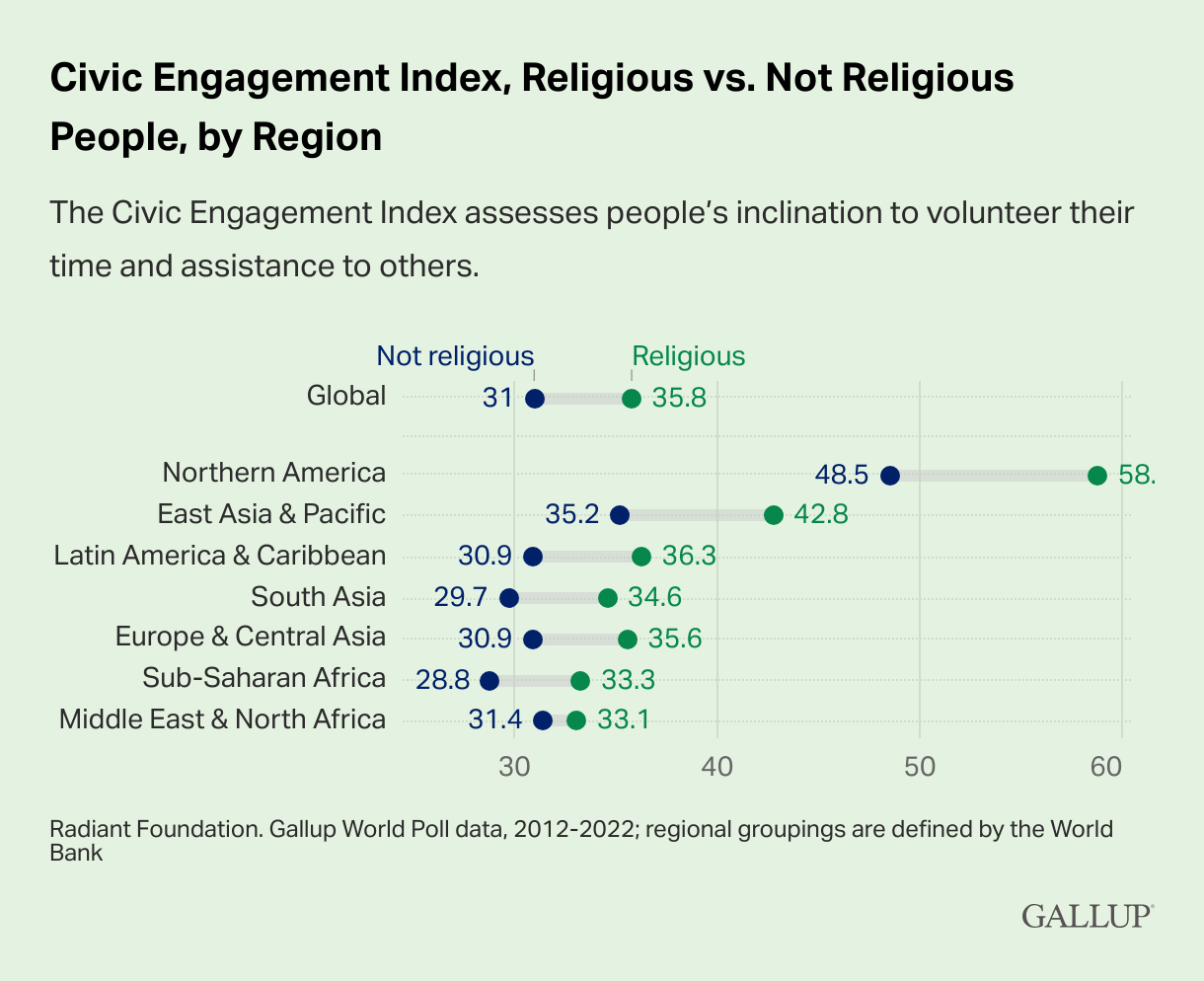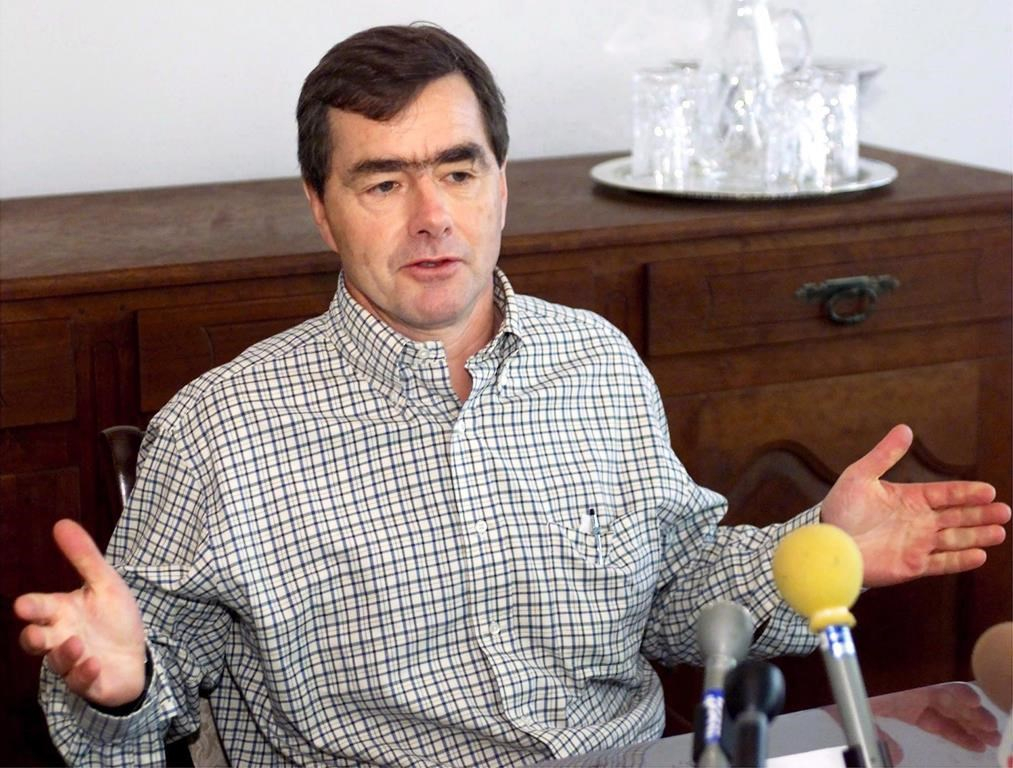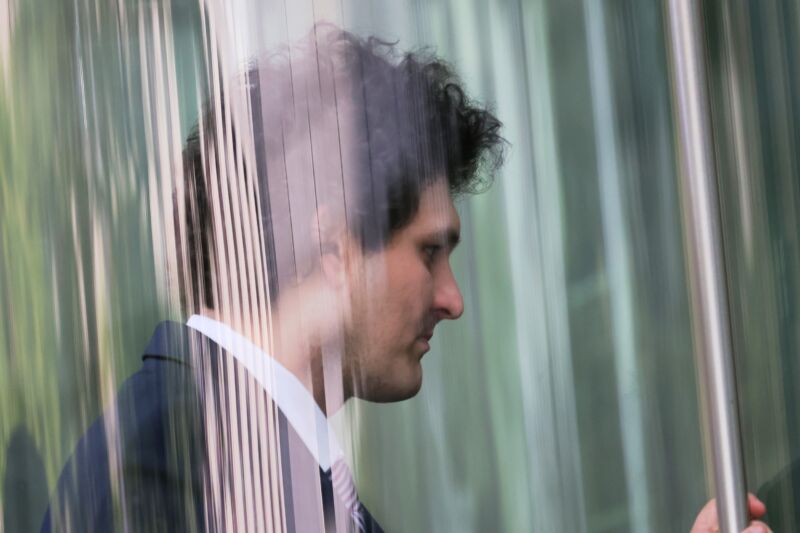'Yahoo News - Insights’ is a new series in which we hear directly from people with an inside track of the big issues. Here, Palestinian aid worker Mahmoud Shalabi talks about his experience of Gaza's internet blackout and his neighbourhood being destroyed.
Yahoo News Staff
Thu, 2 November 2023
Mahmoud Shalabi, Senior Programme Manager in Gaza for Medical Aid for Palestinians. Mahmoud and his family live in Beit Lahia in northern Gaza.
Mahmoud Shalabi is senior programme manager in Gaza for the UK charity Medical Aid for Palestinians. He lives with his wife and three children in Beit Lahia, in northern Gaza. Despite the risk of Israeli bombing raids, he has stayed at home to distribute aid to people in desperate need.
In a voice note taken on Sunday, sent to Yahoo News via WhatsApp, Shalabi shares a harrowing account of the moment “one simple rocket” killed 10 people and destroyed his neighbourhood in the middle of a blackout. This is an edited version of his voicenote. You can watch a video taken by Shalabi lower down in this article
I have no idea what the type of bombs that were used were but they were really devastating and vicious. We were just hoping that this bombardment would never reach us.
That night we barely slept. The next day, around 5pm, I was sitting with my kids on the sofa and suddenly there was a huge explosion – I've never heard this sound before.
My child, my daughter, she started screaming and panically, hysterically crying. I hugged her and I made sure that she's okay.
I told her there is nothing wrong with us, we are all okay, hamdulillah [praise be to God], there's nothing happening to us and I made sure that all my children, the three of them, were sitting together and that their mum was next to them and then I went outside.
Mahmoud Shalabi is determined to stay in his hometown to help those in need (Medical Aid for Palestinians) (Medical Aid for Palestinians)
I opened the door and I honestly could not see in front of me and could not breathe.
It was grey. It was cement. It was gunpowder. It was everything. Tiny particles scattered all over around me and I couldn't actually go out. I shut the door closed. I took one of the masks - the remnants of COVID-19 - soaked it in water put it on my nose and mouth and went outside.
My neighbourhood was destroyed - one simple rocket, just one rocket that hit a neighbour’s home without warning and totally destroyed that neighbour’s home and around seven adjacent homes around it. At least 10 of my neighbours were killed, including children - and many others were injured - let alone the panic that happened in the children and the women. The fear I saw in the eyes of people.
Watch Shalabi's harrowing description of a rocket strike in Gaza
My neighbourhood is full of the colour grey - I hate the colour grey now. Everything is covered in rubble; everything is covered in particles of cement and gunpowder and it's very dangerous to walk right now in my neighbourhood. The aerial bombardments continued all around us, we didn't manage to sleep.
The attacks were coupled with the blackout of the internet and the telecommunication in Gaza City, all of Gaza Strip actually, so we didn't have signals.
We didn't have the 2G network which we were using to send simple WhatsApp messages that were reaching our loved ones. Minutes later, we weren’t able to call, we weren't able to have proper internet connection when there wasn’t electricity. It meant a total blackout and total darkness for the people in Gaza, so we weren't actually aware what was happening around us.
Vehicles and buildings were caked with grey dust following the airstrike
This was all coupled with rumours that the Israelis were about to have a very vast ground invasion, so you can imagine the level of anxiety that the people were living in.
I was awake at 4am, I couldn't sleep and suddenly the phone started buzzing. The network returned, immediately I started receiving phone calls from my sisters who are internally displaced in Gaza now in the south asking about how we were, because we couldn't reach each other. We started immediately calling our loved ones making sure that they know we are safe and that we are still standing in the north of Gaza.
Mahmoud Shalabi says he 'hates the colour grey now' following the airstrike
What was really scary in the cut of the networks was the fact that when an airstrike happened you couldn't reach the civil defence and the ambulance services and tell them that there was an airstrike happening.
The best people could do at that stage is, if there was a car available - a neighbour’s car, a taxi, whatever - to take some of the injured people or the killed to the nearest hospital. They would immediately start informing the civil defence and the ambulance services at the location.
I'm still safe, my family is all safe, but I'm not sure what's going to happen next.
A ceasefire would be really welcome at this stage, as the basic commodities in the north of Gaza are very scarce right now. Every time you go to the local shop near you there is nothing and it becomes even emptier and emptier as the days pass.
Mahmoud Shalabi told how several families lost their homes as a result of one single rocket (Mahmoud Shalabi/Medical Aid for Palestinians)
The water pipe that used to provide water for my neighbourhood has been hit two days ago, so I haven't had water since Thursday. The list goes on.
As a humanitarian, I am unable to do my work because of the lack of communication, but also due to the fact that suppliers in the north of Gaza have no items available, and - if there are items available - they need cash in advance to be able to secure items and to deliver them.
And with the closure of the banks and the fact that the majority of them actually are not functioning in the north of Gaza, this is impossible.
So, I can't as a humanitarian even do my work. I can't help the people who are still standing in the north of Gaza in the schools who are internally displaced at their relatives houses etc.
I'm asking for safe corridors, I'm asking for a ceasefire and for this bloodshed to stop.
Edited by James Hockaday

